Bald Eagles of Conowingo Dam

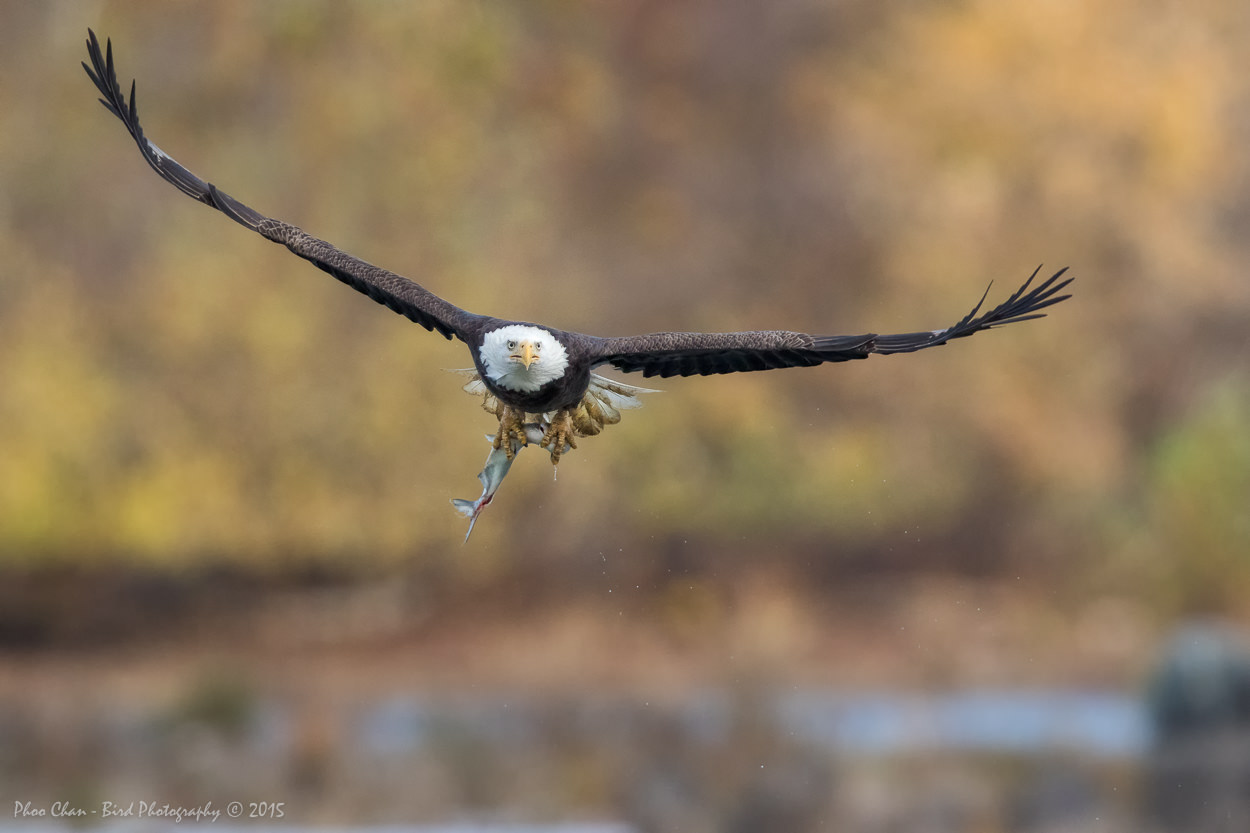
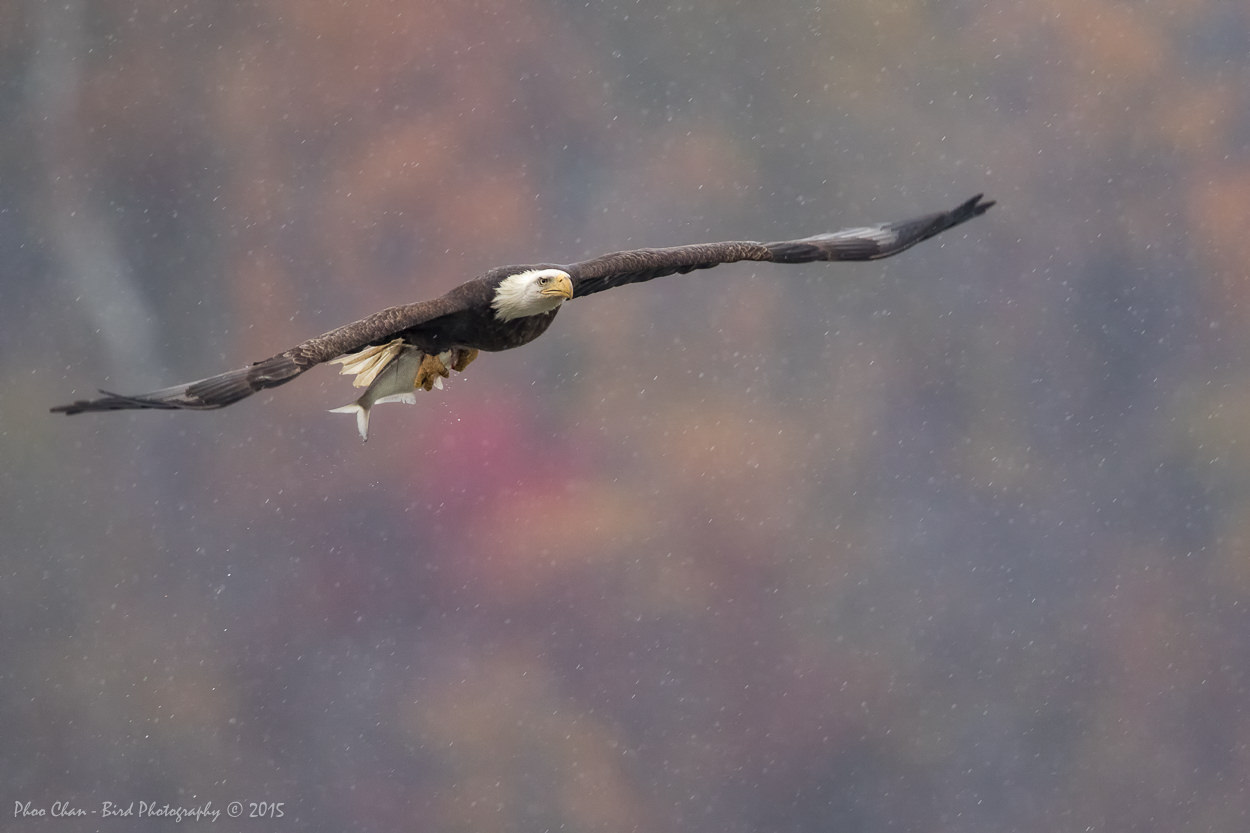
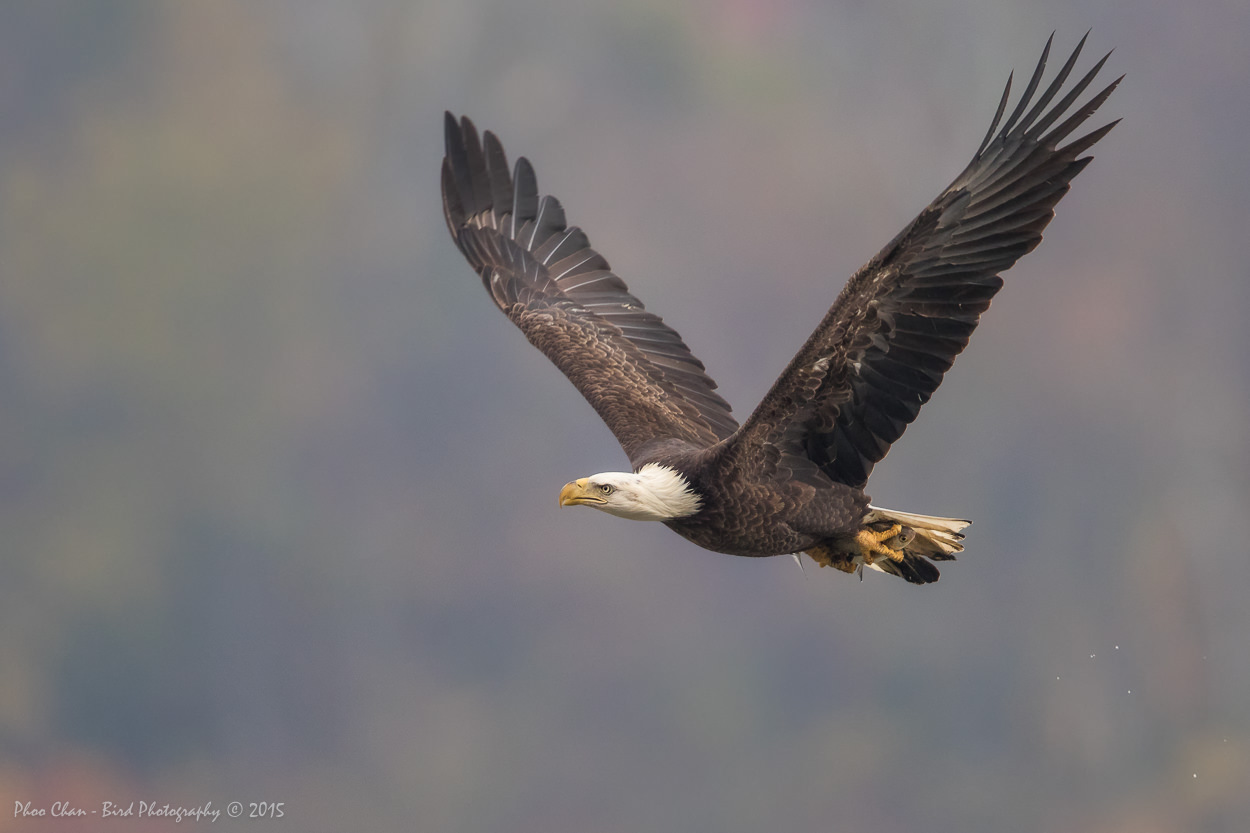
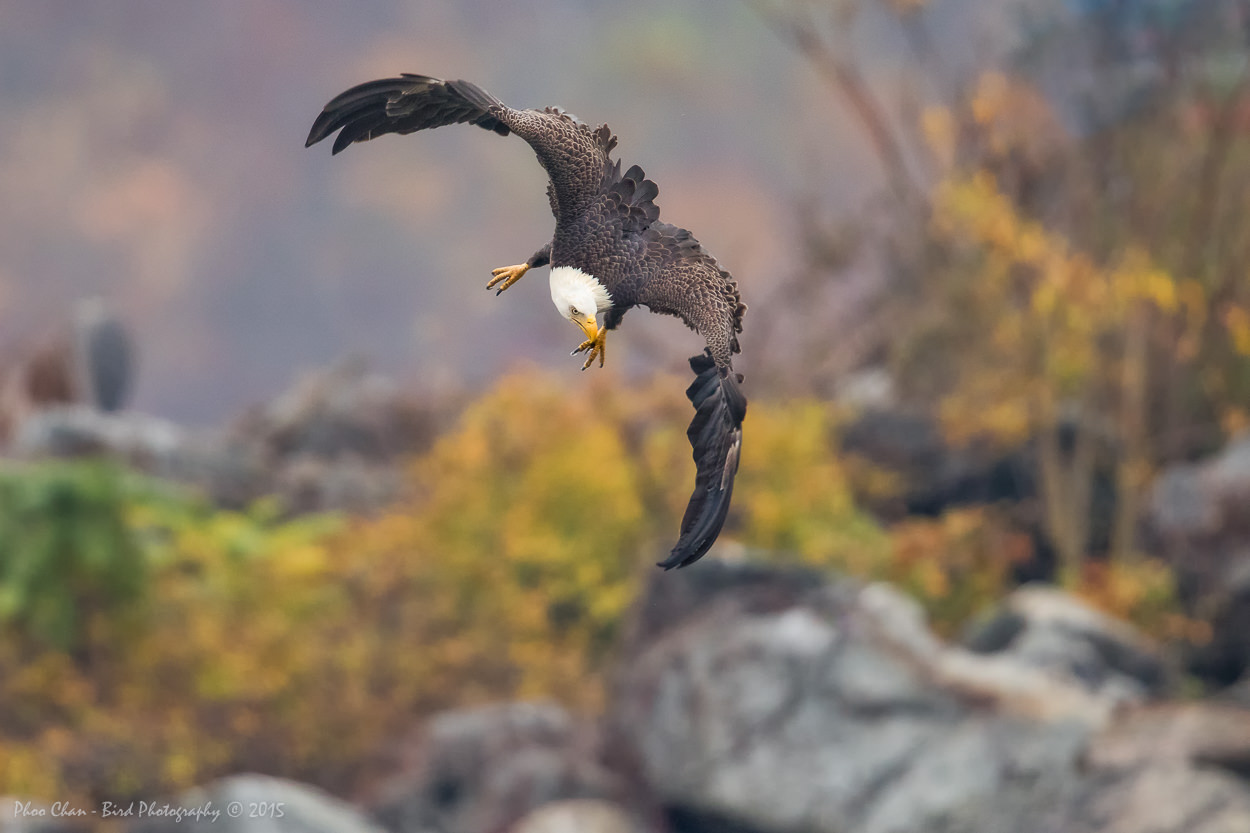

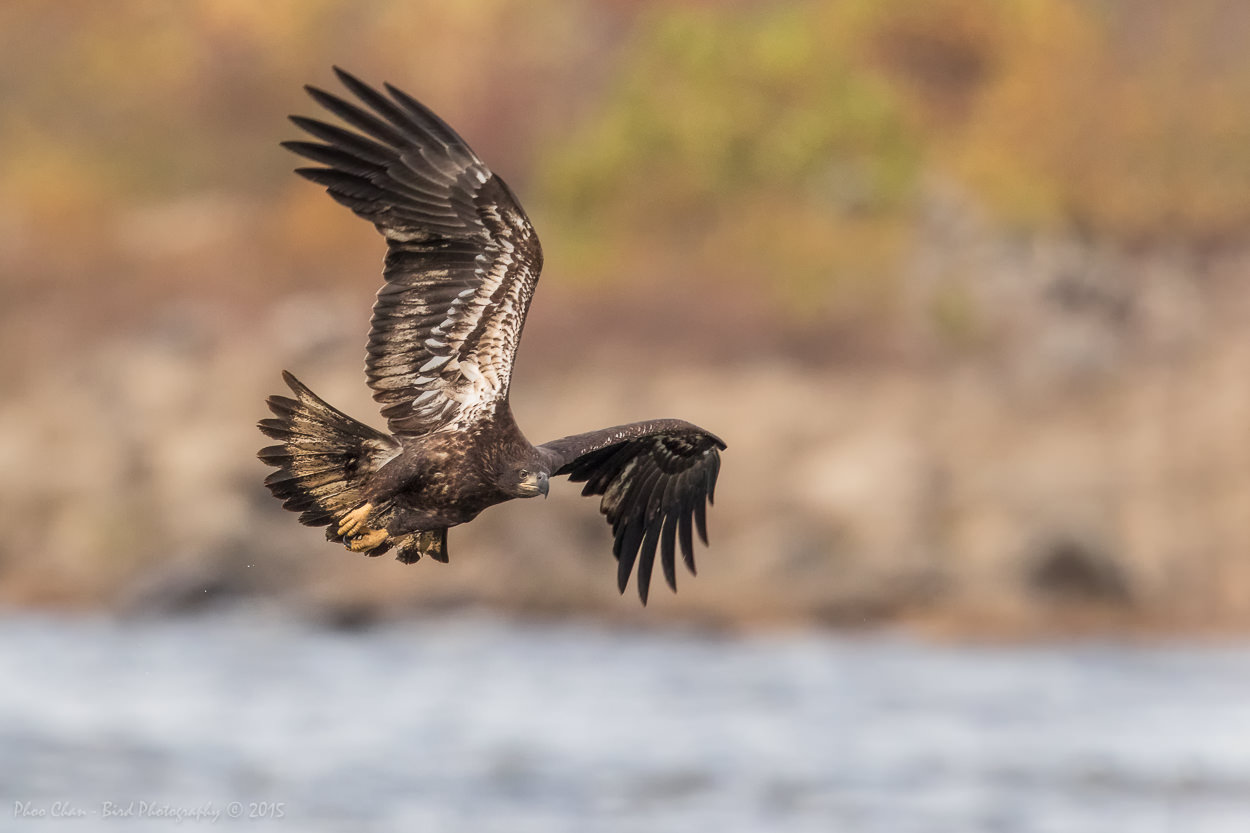
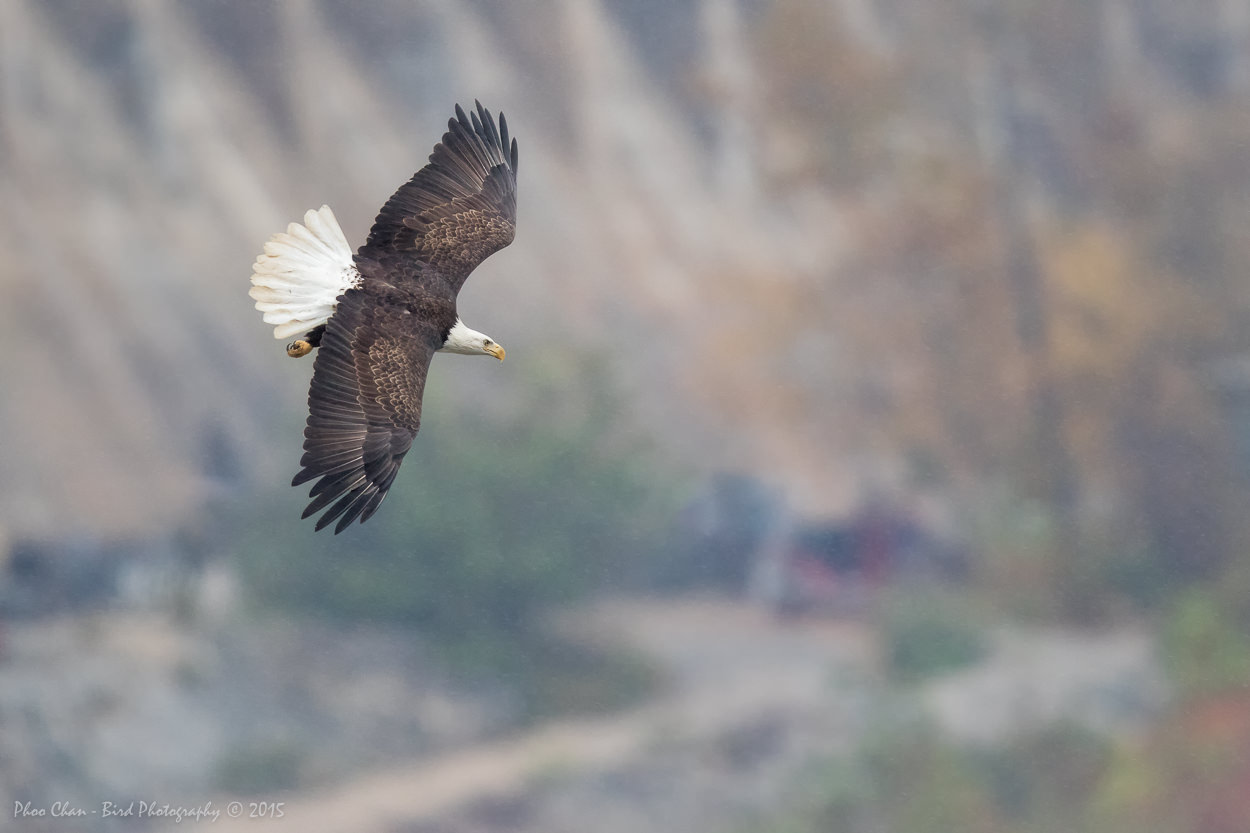

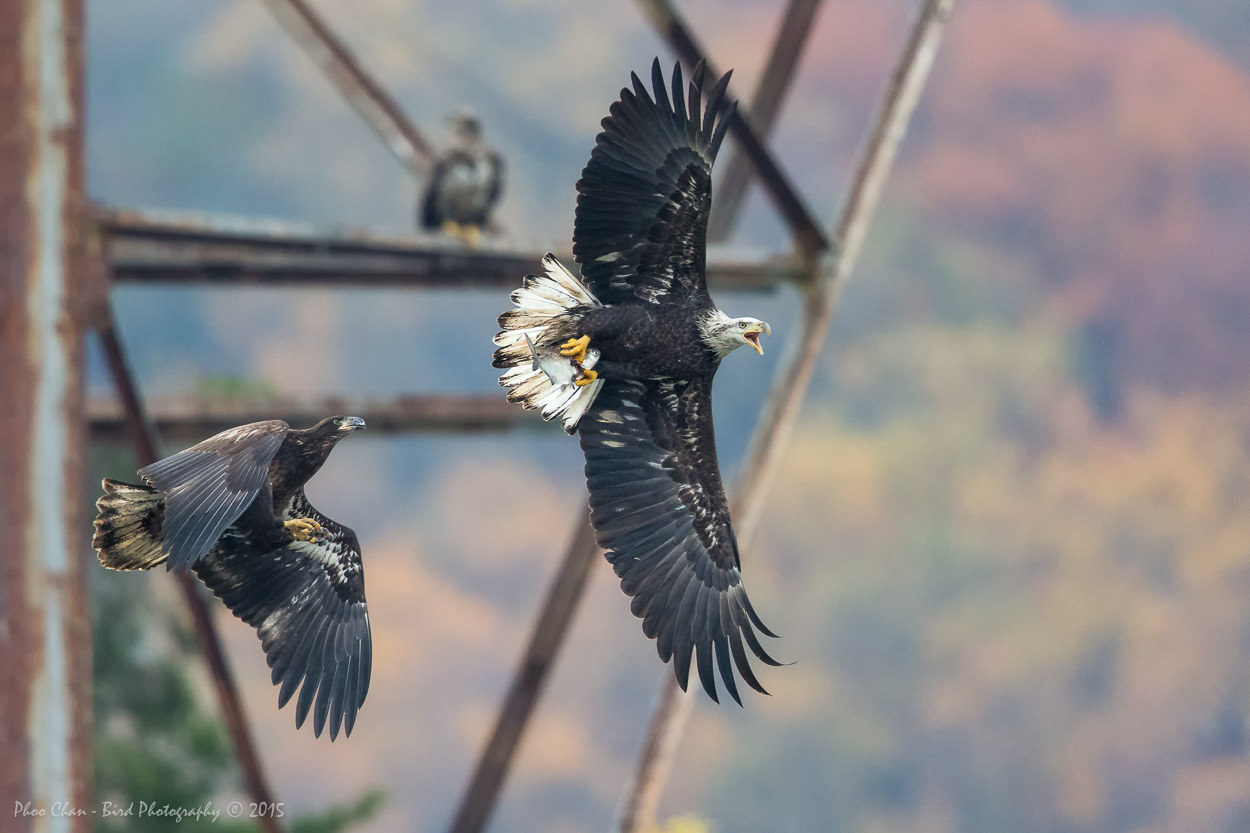

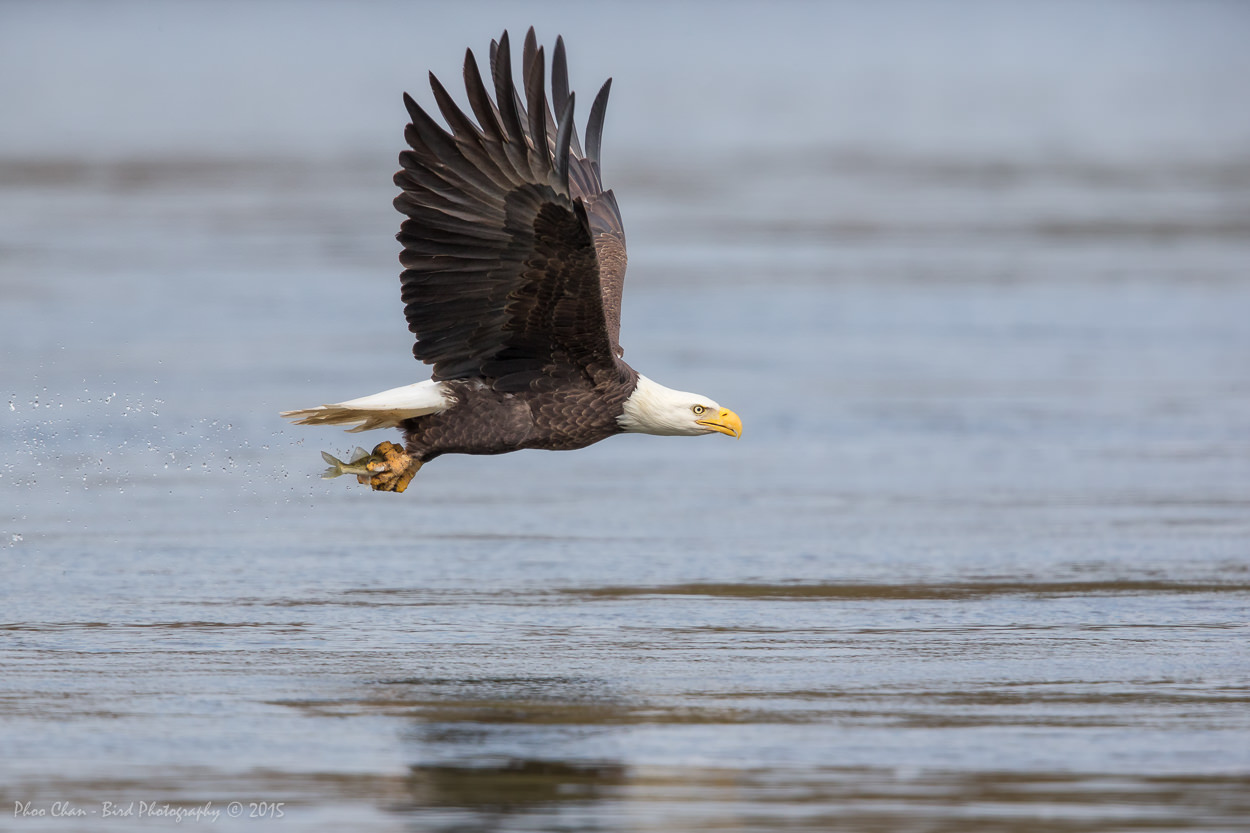
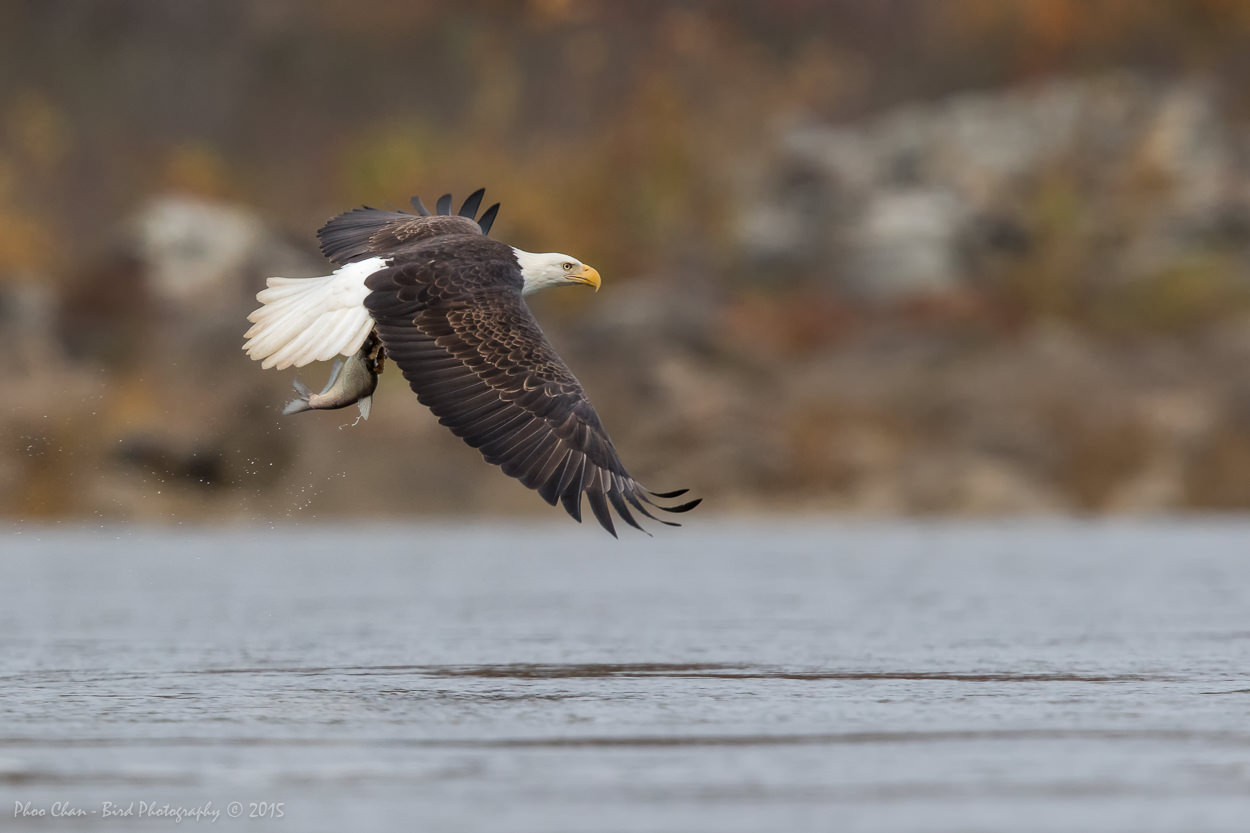
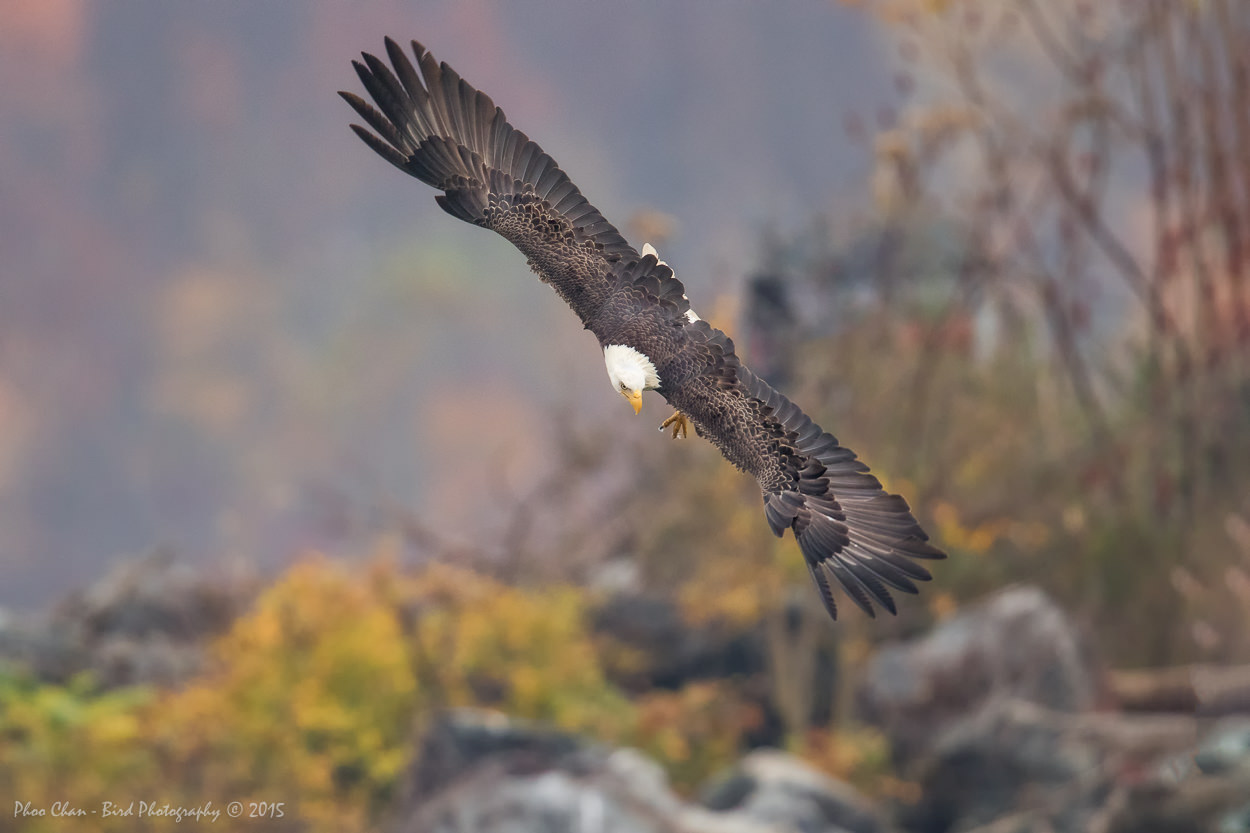
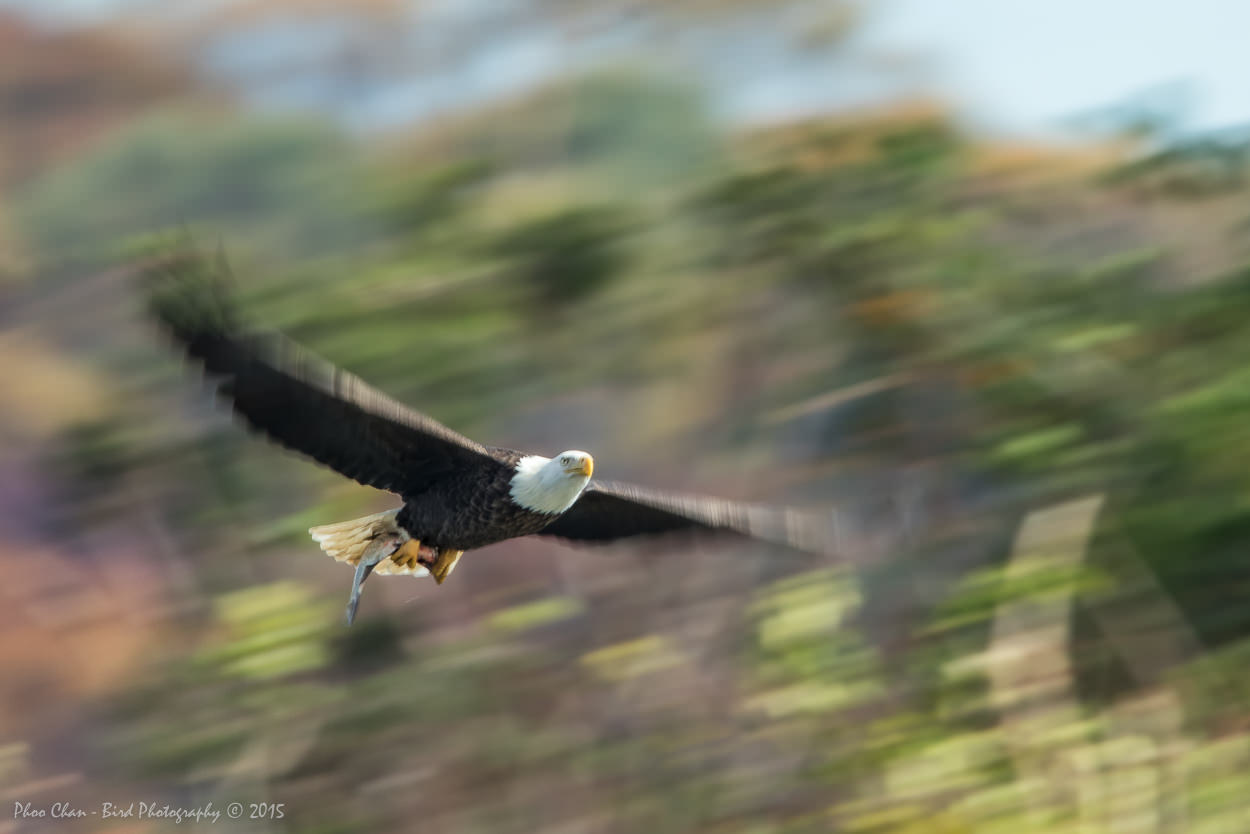
It was yet another fun, exciting, and productive out-of-state trip. Firstly, let’s start with credit where credit is due. As usual, our organizer Thinh Bui did not disappoint us by executing his very thorough planning skills. Not only can this guy shoot and produce jaw-dropping images, but most importantly he would ensure everyone goes home with a smiling face while letting him take care of all the nitty gritty stuffs. Salute! OK, that should be enough.. I hope. We were also blessed to be surrounded by great company on this trip not to mention great food that we chugged down at the end of the day. Greatly appreciated your hospitality, Hung and Mindy Ta. We didn’t mind skipping our lunches knowing we would have excellent Pho and blue crabs waiting for us at dinner time. It was fun shooting with Joseph Nguyen, Anh Tam, Tete Chehat and our friends Mark Strohl and Chad Caswell who drove a few hours to join the fun.
Conowingo Dam, 2569 Shures Landing Road, Darlington, Maryland 21034 is perhaps one of the best bald eagle birding spots in the West coast, situated along the Susquehanna River.
You can simply Google “Conowingo” and you will be presented with pages of bald eagle images taken at this park.
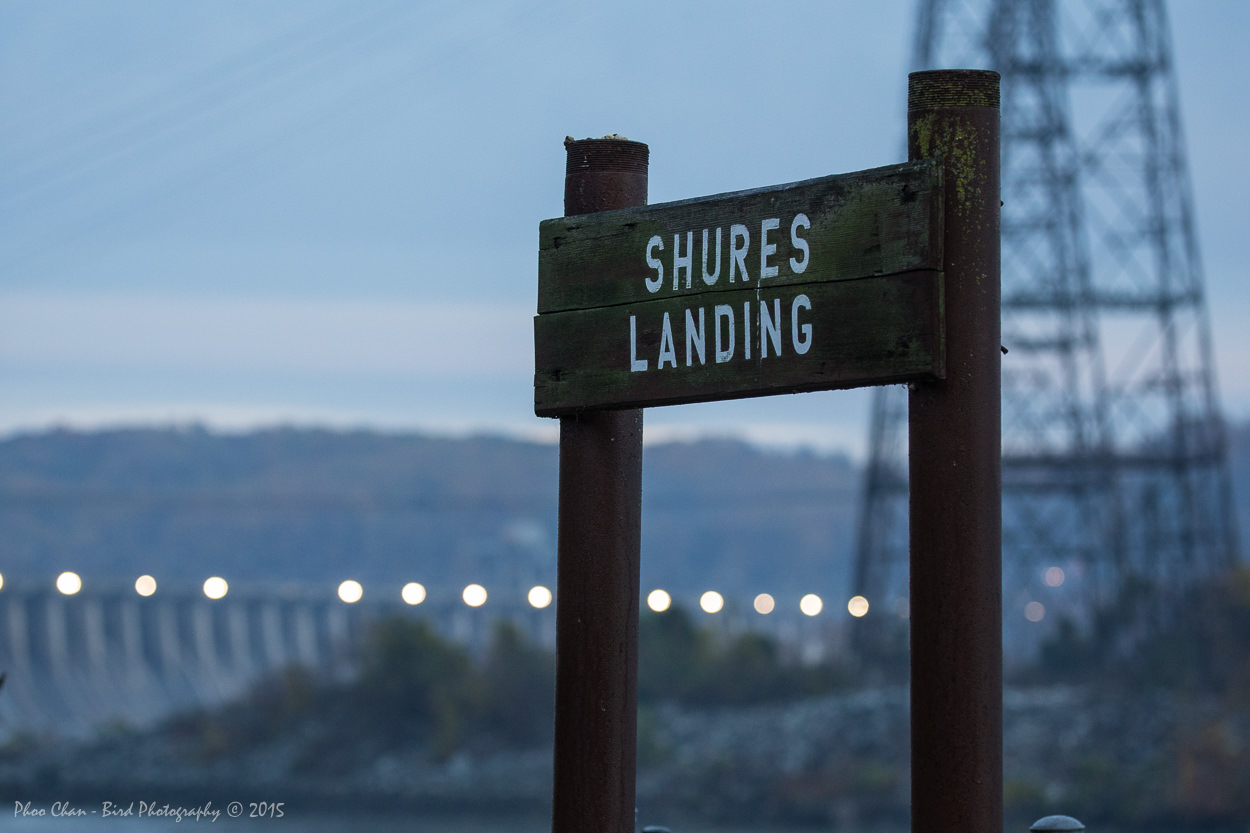
It is not only a hydroelectric dam but also a wildlife park (Conowingo Fisherman Park) maintained by the owner of the hydroelectric plant, Exelon Corporation. Porta potties were plentiful along with picnic tables along the viewing areas.
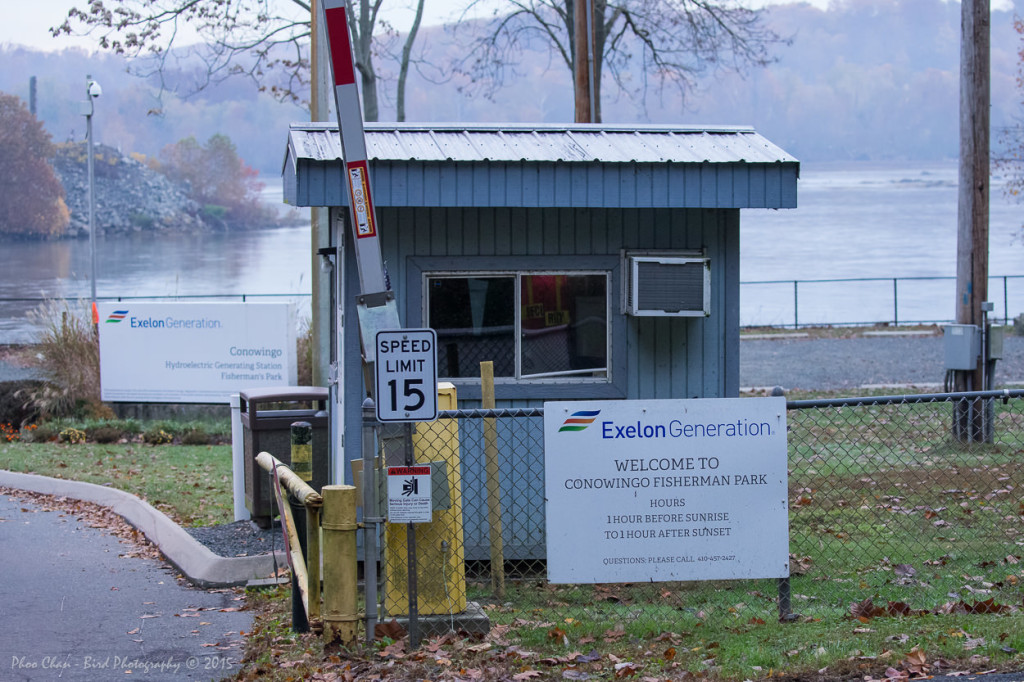
The end of October through the beginning of January would be a good time to visit as the eagles start to grow by numbers during this period when food is becoming scarce elsewhere. The fall color backdrop at the beginning of the time simply makes the surroundings more vivid and beautiful, which is a good element in producing good photography shots. However, only when there are no leaves left on the trees, the eagle count is at their peak since more eagles migrate in search of food during wintertime. The trees are no longer providing vivid color but on the contrary the bare branches make the eagle more visible for a cleaner shot when they perch with their catch.
 The hydroelectric plant releases water based on how much power is needed to generate the electricity. During this event, water along with fish and eels get churned up and spit out at the base of the dam. Many are stunned and float near the surface making them low-hanging fruits for the eagles, Great Blue herons, cormorants, Black Vultures, Gulls, Peregrine Falcons, and Rock doves. Interestingly, Rock Doves flocking by hundreds with their synchronize flying forming an interesting patterns of fast flying black clouds back and forth.
The hydroelectric plant releases water based on how much power is needed to generate the electricity. During this event, water along with fish and eels get churned up and spit out at the base of the dam. Many are stunned and float near the surface making them low-hanging fruits for the eagles, Great Blue herons, cormorants, Black Vultures, Gulls, Peregrine Falcons, and Rock doves. Interestingly, Rock Doves flocking by hundreds with their synchronize flying forming an interesting patterns of fast flying black clouds back and forth.

The eagles are well trained to sense when food will be served. The plant will sound the siren twice prior to releasing the water. The siren not only helps the eagles to get ready for food but at the same time lets photographers get back to their positions for more action shots. The bigger the order that the plant receives, the longer the water is released to generate more electricity. However, actions do not last throughout the duration of the water release, as the eagles fill up their stomach with abundance of low hanging fruits. The hydroelectric plant makes the daily water release schedule available through their number (1-888-457-4076) making it very convenient for photographers to expect when the next action is taking place.

There are five main shooting locations at Conowingo dam.
1. Boat launch. This is at the first parking lot as you enter the gate at the entrance. This spot is ideal for silhouette sunrise shots of the eagles. Despite some bad visibility, thick fog can sometimes add a mysterious mood to your shots. You can also add fishermen on their boats into your composition to spice up creativity.

2. Along the fence – top view. Ideal for fighting shots while making sure to keep fall color backdrops in your frames.

3. Water-level by climbing down from the fence gate. This spot is ideal for low angle shots (see my blog on why low angle). However, it is a very risky business climbing down with your heavy gear since the rocks are loose and slippery when wet. Many have regretted taking the risk. Answering to nature call could be a challenge when you’re down here by yourself leaving your gear behind, not to mention having to climb up and down again through the rocks.

4. Observation deck. Besides along the top fence this spot is another popular shooting deck. If you reach Conowingo at 7:00AM on weekend, high chance you will not be able to secure a spot here.

5. Steps to the left of the viewing deck. This is a good spot to have a low angle set-up but fishermen and photographers who chose to be at the water edge can quickly find themselves getting wet feet. So be very cautious for not getting splashed when water is released as the water level rises fast with high splashes.
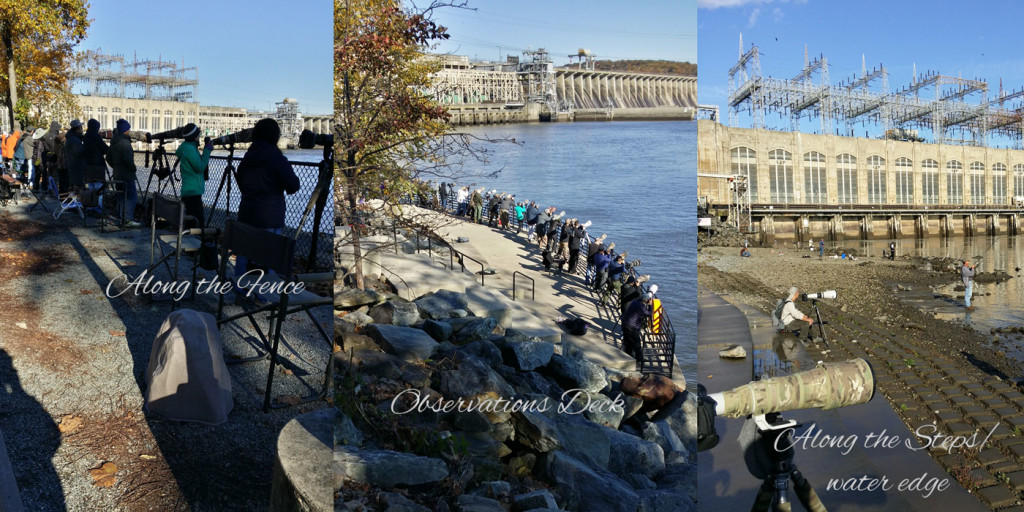
You can get close-up of eagles when they dive and come-up with huge fish around this area but since it is too close to the dam the area of coverage is somewhat limited compared to the viewing deck.

If you’re planning more than a day trip you should not rush to try out all different spots but you certainly want to cover all 5 spots. There are power wires running from the dam to the next power tower on the right. I find these wire somehow discourage some eagles to come close to the viewing deck perhaps to avoid from running into them as few of them almost did although the ‘braking’ and surprise poses were awesome when it happens. Most of the time the eagles would either bring their catch back to the power tower on the little island to the right side of the dam or simply go back empty handed.

Shooting starts at sunrise and the conditions are good until the light is out as the action is unpredictable. The lighting quickly fades away in the afternoon and the sky quickly turns dark after 4:00 PM. On an overcast day with good actions, you can shoot almost all day long. However, on a sunny day, maintaining the balance of the shadows and the highlights of the eagles can be a challenge: depending on which spots you are shooting from and where actions are taking place. You may just get some silhouette shots when shooting from the viewing deck because the sun, which is on the right, happens to be at the same location where actions are taking place.
When the water is still, the next release can take a few hours which means “break time” for the eagles and photographers. This is a good time to have a chat with other fellow photographers, exchanging ideas and information. Some local photographers who have been shooting for more than twenty years would share their experience while others are like a “walking Wikipedia” with very detailed information about bald eagles. I was amazed at how quickly they could identify the age of the juvenile eagles. However, later they explained how juvenile eagles are referred to as “dirty,” simply because they literally look dirty. Below is a list of quick facts I learned during the break time. Many of them did not like taking pictures of the juvenile simply because of its dirty look. One of the eagles that people mix up the most with is the First Year Eagle and the Golden Eagle.
- The First Year Eagle has dark head, dark brown breast, light brown lower body, and no white triangle on its back.
- The Second Year Eagle has white belly, white wing-linings, and a ragged trailing edge on the wings.
- The Third Year Eagle is similar to the Second Year Eagle except that there is no ragged trailing edge on wings.
- The Fourth Year Eagle has a dingy white head, neck, and tail. Its beak is yellow with dark smudges.
- The Adult Eagle has a bright white head, neck, and tail along with a bright yellow beak.
- The Lifespan of a Bald Eagle is about 28 years but many of them do not make it through their first Winter.

Some locals that I spoke to do not seem to like the advent of the internet, making widespread sharing too open, which attracts more photographers to the crowded area, Conowingo. What they do not realize is that this attraction helps their local economy grow from restaurants to hotels. During peak weekends of Thanksgiving week, getting a standing room along the fence would be a problem if you arrive after 8:00 AM. The locals refer to this Black Friday weekend as the “$3m weekend” which I had no clue what they were referring to until they explained how many photographers are there with their expensive gear.

As we are well aware that Wildlife photography is somewhat competitive. This was very noticeable when many photographers seized the opportunity to brag about their work during the break time. Some even brought along their printed portfolio to show to others. I had to admit that this really helped to shorten “the waiting” for the next siren for new actions to take place. It also helps to ease the cold weather when you are engaged in a deep discussion on your favorite subject.

Yes, it will be cold, so for those of you planning to join the Bald Eagle shooting crowd, dress warmly in layers to easily add or remove as needed. Do not forget to bring lunch, something warm to drink, and a small stool would help to prevent having to stand all day waiting for the actions such as fishing and fighting. Make sure you have extra fully-charged batteries and most importantly, do not leave your extra memory cards at home – bring plenty of them.
I find traveling in group adds more fun to your trip especially if the group members are your shooting buddies. It was yet another great fun trip with Thinh Bui, AnhTuan Truong, Anh Hai Ta, Tan Huynh, and Arvind Agrawal. Look forward to the next birding trip with you guys.
P/S For more hi-res pictures of the bald eagles please feel free to view at my Bald Eagles of Conowingo gallery.





